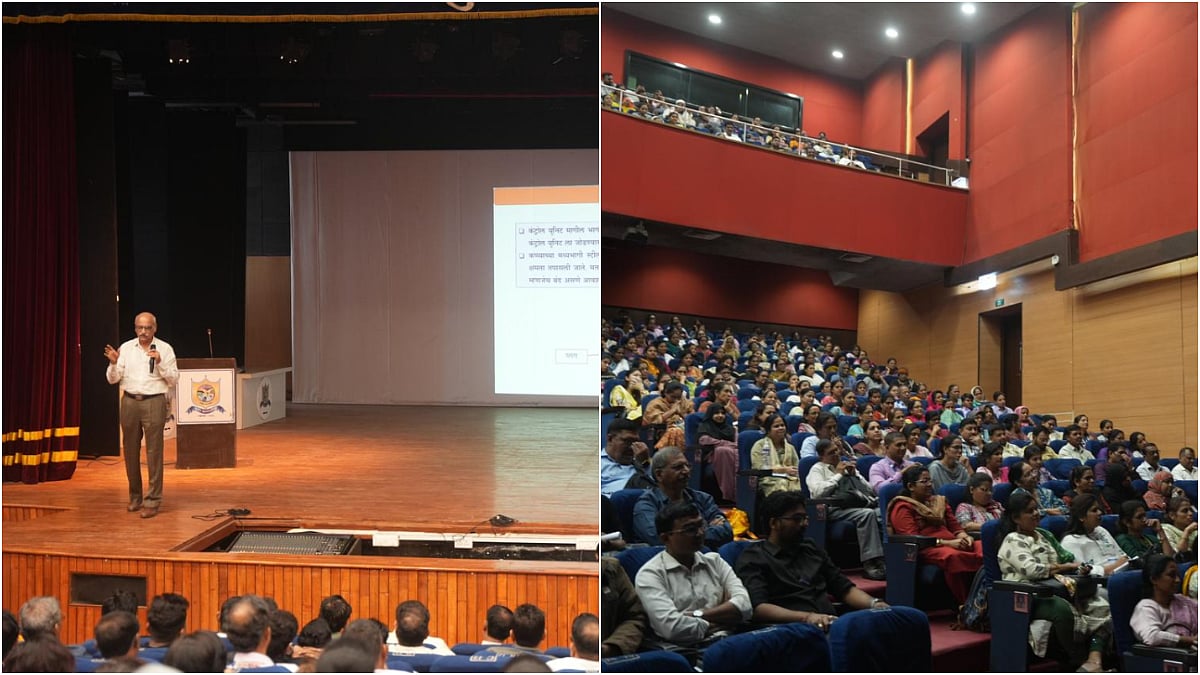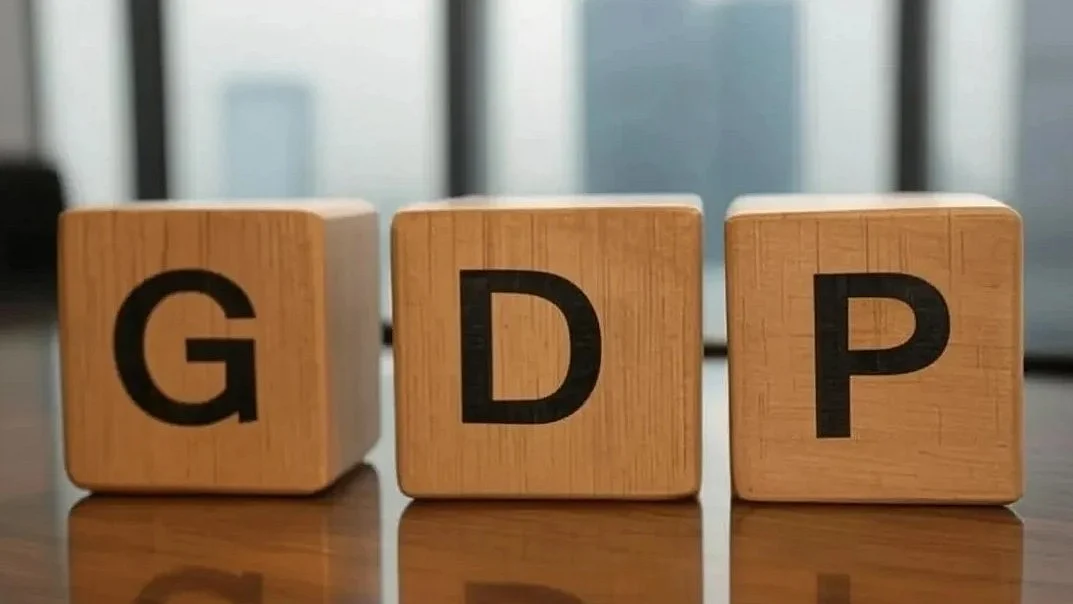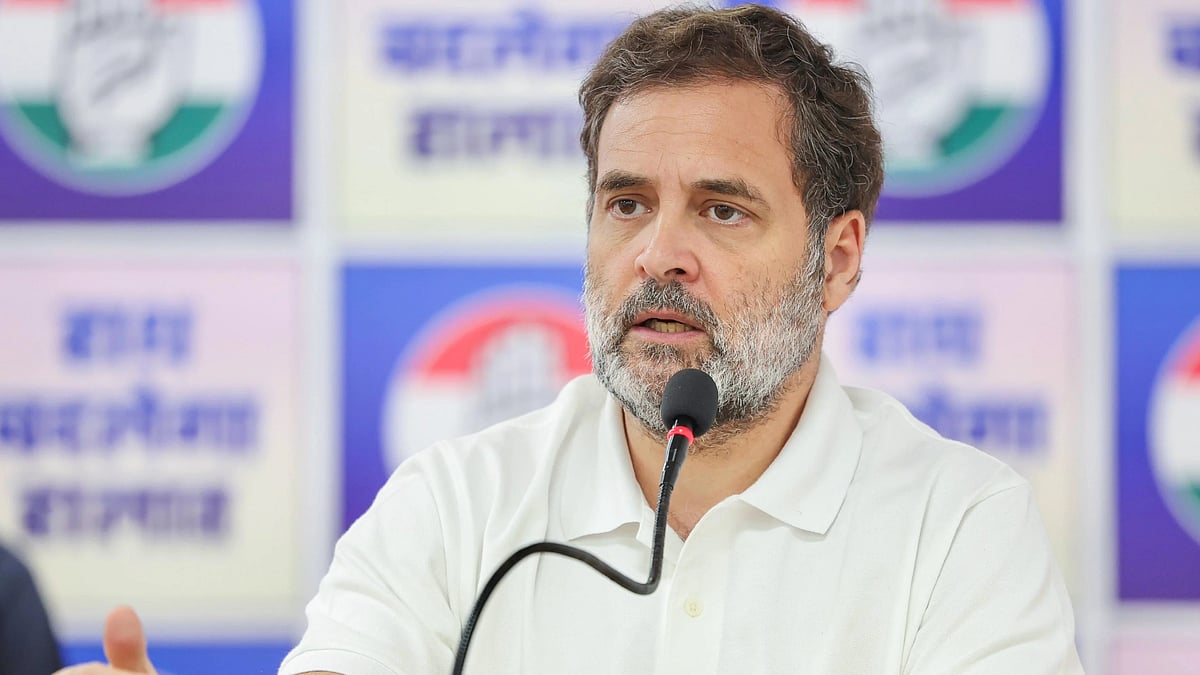Namrata Choudhary, a 39 year-old woman, succumbed to heatstroke in Jalgaon District of Maharashtra on May 14, 2023. The mercury had touched 44.9 degrees Celsius, and Namrata, a daily wage worker, had travelled by bus for over an hour to reach home, where she complained about vomiting. She was taken to hospital, where she died.
A week later, a 58-year-old woman from Bhadradri Kothagudem district of Telangana died of heatstroke on May 18. The woman who worked as a daily wage labourer in Warangal, suffered a heat stroke after she reportedly worked on a farm under the scorching sun.
Earlier in April, 11 people died and over 600 people suffered from dehydration and heatstroke at an open-air function organised by the Maharashtra government in the middle of a blazing heatwave, at Kharghar near Mumbai in April 2023. Eight of the dead were elderly women, two of whom were Anganwadi teachers.
These are not stray incidents or cherry-picked information. Around the world, women and girls disproportionately bear the brunt of climate-related events and environmental stress that in turn amplify the existing gender inequalities and put their health, safety and livelihoods at risk.
Research indicates that extreme heat increases incidence of stillbirth, and climate change is increasing the spread of vector-borne illnesses such as malaria, dengue fever, and Zika virus, which are linked to worse maternal and neonatal outcomes. It is worse when extreme weather events strike; we have seen it happening during heatwaves, floods, landslides, and cyclones — women are less likely to survive and more likely to be injured due to long-standing gender disparities in information, mobility, decision-making, and access to resources and training.
And it does not end with the disaster; in the aftermath, women and girls are less able to access relief and assistance, further threatening their livelihoods, wellbeing and recovery. A report from Bihar, studying the impact on women in the aftermath of floods, found increased incidence of domestic violence against women, higher instances of trafficking in the name of marriage, increased preference for male children, and instances of abuse in the flood relief camps.

A spike in child marriages, which is considered an act of gender-based violence, has been reported in various communities as a means of coping in the event of disaster by securing funds or assets. Moreover, climate change directly and indirectly affects women’s contraceptive use, fertility intentions, pregnancy outcomes, vulnerability to sexual and gender-based violence (SGBV), economic roles, and sexual health.
A 2018 study published in the journal Agricultural Economics found that excess salinity in drinking water can cause sodium intake levels to spike, which increases blood pressure and has been linked to higher risks of hypertension and pre-eclampsia in pregnant women. Bathing or standing waist-deep in salt water for hours to fish can increase a woman’s risk of reproductive tract infections and affect normal menstruation.
In India — where agriculture is the most important employment sector — during periods of drought and erratic rainfall women, as agricultural workers and primary procurers, work harder to secure income and resources for their families. This puts added pressure on girls, who often have to leave school to help their mothers manage the increased burden. In rural Maharashtra, to address the problem of water scarcity arising from droughts and improper water connectivity, the men have started taking on more wives, where the role of these wives is only to make sure that there is water in the house.
The good news is, while women are especially vulnerable to the climate crisis, they can act as powerful agents of change. Women possess unique knowledge and experience, particularly at the local level. A fine example is the work done by late Prema Gopalan’s organisation Swayam Shikshan Prayog in the state of Maharashtra, that is helping small and marginal women farmers to transition from cash to food crops and promoting more diversified and climate-resilient livelihoods through farm-allied businesses.
There are many such examples from around the world to show that when women are making decisions it has resulted in, for example, improved school attendance rates for their children, increased food security, greener mobility patterns and reduced energy demand.
Empowering women, while building their capacity for policymaking and decision-making and including them in governance , could encourage invaluable knowledge-sharing across contexts, sectors and levels that can result in long-lasting and effective climate-resilient policies, in turn leading to improved social equity in general, and gender equality specifically.
Shailendra Yashwant is an independent environmental photojournalist and climate communications consultant.












